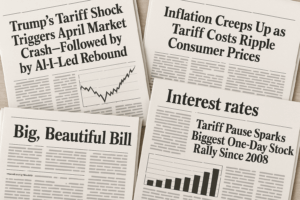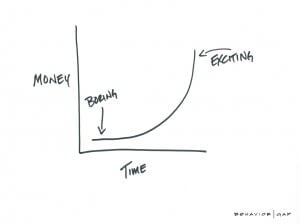
What’s in my Target Date Fund?
Investment ManagementBy: Jude McDonough, CFP® AIF®
Jun 05, 2020
The simplest way that a Target Date Fund (TDF) can be explained is that it assumes that the investor is going to retire around age 65. The number after each fund represents a year, usually spread out in 5- or 10-year increments, and the year that is assigned to the investor should be the closest year to the year the investor turns 65. The fund will be managed more aggressively when the target year is far in the future and will become more conservative as the target year approaches.
It is that simple; however, many questions can arise. How aggressively is the fund managed during the early years? How conservative does it get in the later years? What happens after the target year passes? You may have heard of “to” and “through” funds. The “to” funds will manage to the retirement year while the “through” funds manage past it into retirement. The “through” funds may assume an additional 25 years and generally carry a higher weight to stocks as a result of that.
The biggest challenge with TDF’s is there is no customization. The only thing taken into account is the year closest to the investor’s 65th birthday regardless of whether it is “to” or “through”. Some investors that are the same age have completely different tolerances for risk. Some have other assets to consider or different goals for retirement.
I am not writing this to create a negative perception of TDF’s. I happen to like them and have used them for many years. In my opinion, they are a great option for employees who are getting started and want some diversification. As their assets accumulate, they should consider a more customized approach to their asset allocation. If you think about it, as your account balance becomes more significant and retirement is approaching, would you prefer an asset manager that is considering your entire financial picture or one that is set on autopilot to reduce stocks and increase bonds every year?
Whether you are a plan sponsor or a plan participant, you should work with the different parties to the plan to at least take the time to understand what TDF’s are available to you and how they are managed. There are some investment advisors that work with the recordkeeper to offer more customized target date options. There is also customized advice available to you through the investment advisor or through different services offered by the recordkeeper. In the end, your decision will have tradeoffs just like other financial decisions you make. The most important thing you can do is take the time to evaluate the options available to you. Recordkeepers and investment advisors are always looking for innovative ways to distinguish themselves. As I touched on earlier, custom target date funds are starting to gain in popularity. That is one example of the developments that are taking place. Make sure you take advantage of them when appropriate.


